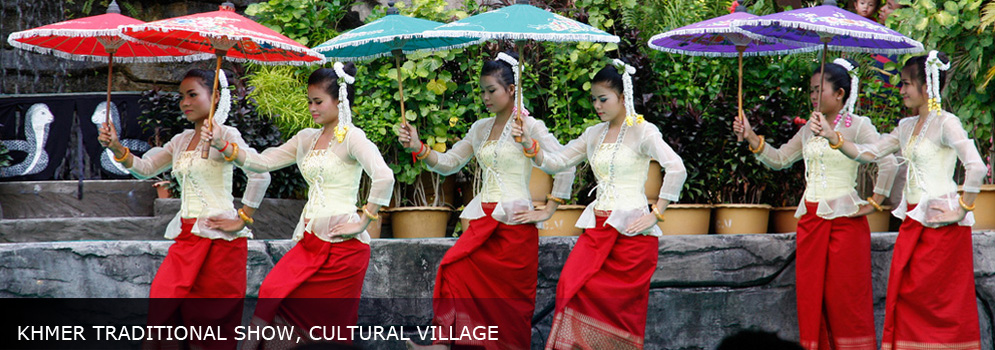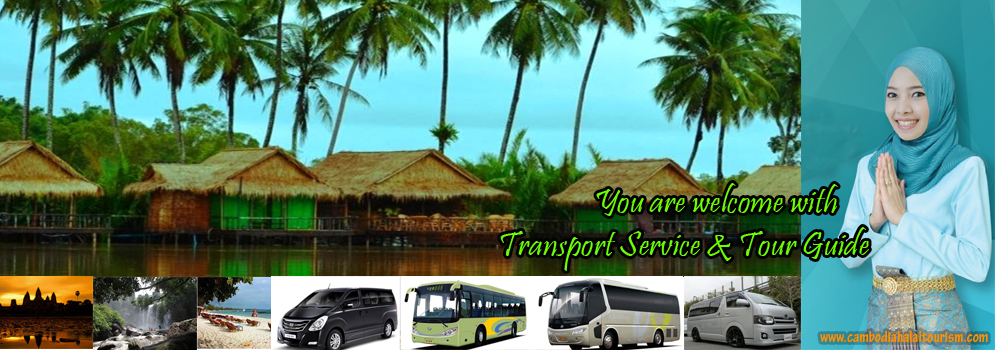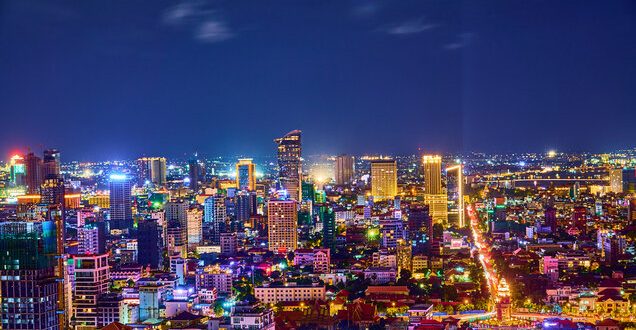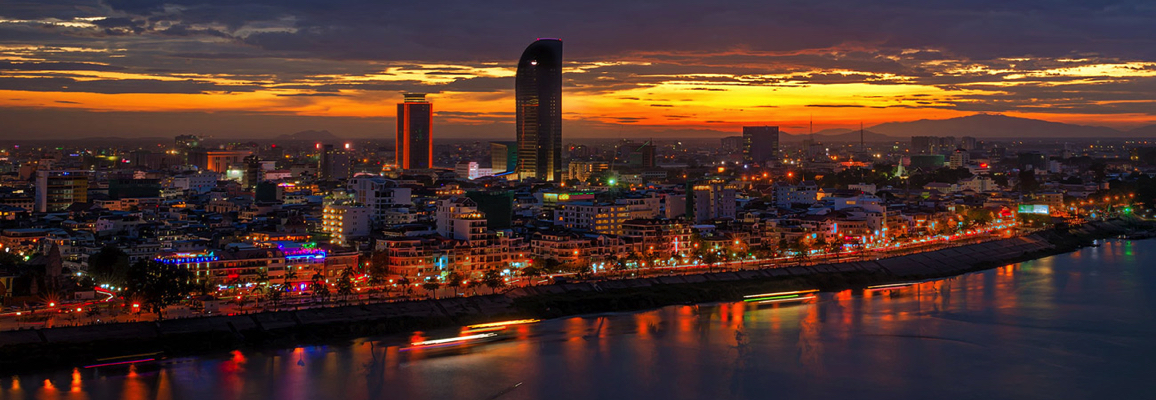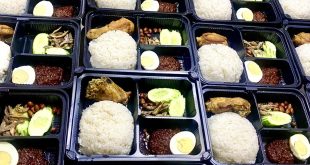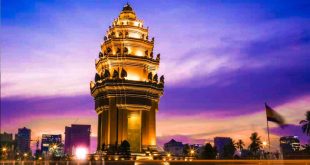Halal Tourism (Cambodia)
Phnom Penh, April 19th, 2023 —
General Information
Phnom Penh is the vibrant bustling capital of Cambodia. Situated at the confluence of three rivers, the mighty Mekong, the Bassac and the great Tonle Sap, what was once considered the ‘Gem’ of Indochina. The capital city still maintains considerable charm with plenty to see. It exudes a sort of provincial charm and tranquillity with French colonial mansions and tree-lined boulevards amidst monumental Angkorian architecture. Phnom Penh is a veritable oasis compared to the modernity of other Asian capitals. A mixture of Asian exotica, the famous Cambodian hospitality awaits the visitors to the capital of the Kingdom of Cambodia.
Here in the capital, are many interesting touristy sites. Beside the Royal Palace, the Silver Pagoda, the National Museum, the Toul Sleng Genocide Museum, the Choeng Ek Killing Fields and Wat Phnom, there are several market places selling carvings, paintings, silk, silver, gems and even antiques. Indeed, an ideal destination for a leisurely day tour. The whole area including the outskirts of Phnom Penh is about 376 square kilometres big. There are currently 2,009,264 people living in Phnom Penh.
The city takes its name from the re-known Wat Phnom Daun Penh (nowadays: Wat Phnom or Hill Temple), which was built in 1373 to house five statues of Buddha on a man made hill 27 meters high. These five statues were floating down the Mekong in a Koki tree and an old wealthy widow named Daun Penh (Grandma Penh) saved them and set them up on this very hill for worshiping. Phnom Penh was also previously known as Krong Chaktomuk (Chaturmukha) meaning “City of Four Faces”. This name refers to the confluence where the Mekong, Bassac, and Tonle Sap rivers cross to form an “X” where the capital is situated.
Phnom Penh is also the gateway to an exotic land – the world heritage site, the largest religious complex in the world, the temples of Angkor in the west, the beaches of the southern coast and the ethnic minorities of the North-eastern provinces. There are also a wide variety of services including five star hotels and budget guest houses, fine international dining, sidewalk noodle shops, neighbourhood pubs international discos and more.
Phnom Penh, like other Asian-City tourist destinations, is in the midst of rapid change. Over the past few years the number of restaurants and hotels have grown considerably and in the last year there had been a huge increase in the number of visitors. Come and see a real original as it won’t be the same in a few years.
Geography
Population
The current population in this municipality is about 2,009,264 people or 14 % of the country?s total population (14,363,519 person in Cambodia, 2007, provincial government data), with 621,948 male and 658,833 female. The population density is therefore 5,343.8 people per square kilometre. The population is Original Khmer 60%, Chinese 15%, Vietnamese 20% and 5% other. The population growth in the city is about 3.9%.
Climate
The country has a tropical climate – warm and humid. In the monsoon season, abundant rain allows for the cultivation of a wide variety of crops. This year-round tropical climate makes Cambodia ideal for developing tourism. Travellers need not to fear natural disasters such as erupting volcanoes or earthquakes, and the country is not directly affected by tropical storms.
Climate: Cambodia can be visited throughout the year. However, those plans to travel extensively by road should be avoided the last two months of the rainy season when some countryside roads may be impassable. The average temperature is about 27 degrees Celsius; the minimum temperature is about 16 degrees. December and January are the coolest months, whereas the hottest is April.
General information about the provincial climate
– Cool season: November- March (22-28c)
– Hot season: March- May (28c -38c)
– Rainy season: May – October (24-32c, with humidity up to 90%.)
The city temperatures range from 15 to 38 C and experiences tropical monsoons. Monsoons blow from the Southwest inland, bringing moisture-laden winds from the Gulf of Thailand and Indian Ocean from May to October. The northeast monsoon ushers in the dry season, which lasts from November to March. The city experiences the heaviest precipitation from September to October with the driest period occurring from January to February.
Economy
Double-digit economic growth rates in recent years have triggered an economic boom, with new hotels, restaurants, bars, and residential buildings springing up around the city. Phnom Penh’s wealth of historical and cultural sites makes it also a very popular tourist destination. The main economy is based on commercial such as garments, trading, small and medium enterprises. The property business is booming since the past few years. Real estate is now getting very expensive. The two new sub-cities are under construction, where investors from Korea and Indonesia join with Cambodian investors. The investment project of Camko-city is estimated about more than 200 millions and will be finished in 2018.
Because of its budget airlines flying from nearby countries directly to Phnom Penh, the leisure and business travellers are coming to enjoy themselves or to look for investment opportunities in Cambodia. So also the hotel business is likely more and more improving.
As Kandal province is around Phnom Penh it serves as an economic belt of the capital. For instance Cambodia has become the sixth largest garment exporter in the world in 2007 (most of these factories are in Kandal Province). The industry created job opportunities for about 0.5 million Cambodians and generated some 0.3 billion U.S. dollars of monthly payment for the employees. Also agricultural exports flourished in 2007, as palm oil, peanuts, rice, pepper and other rural products became ever more popular in the international markets.
